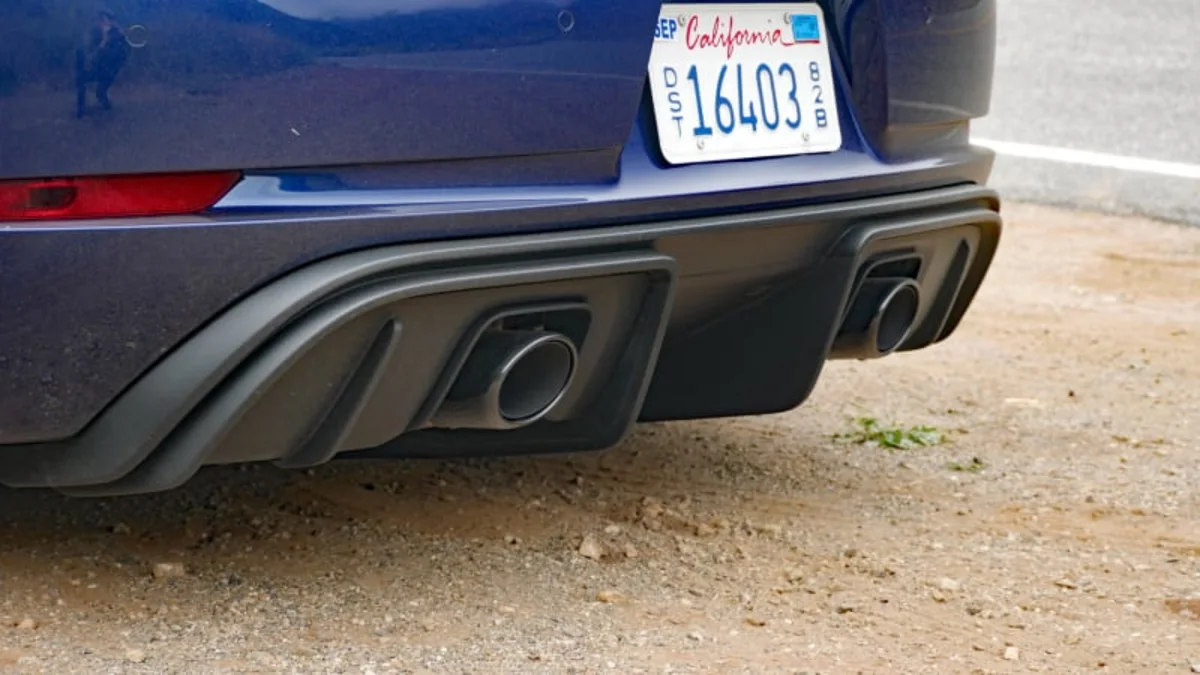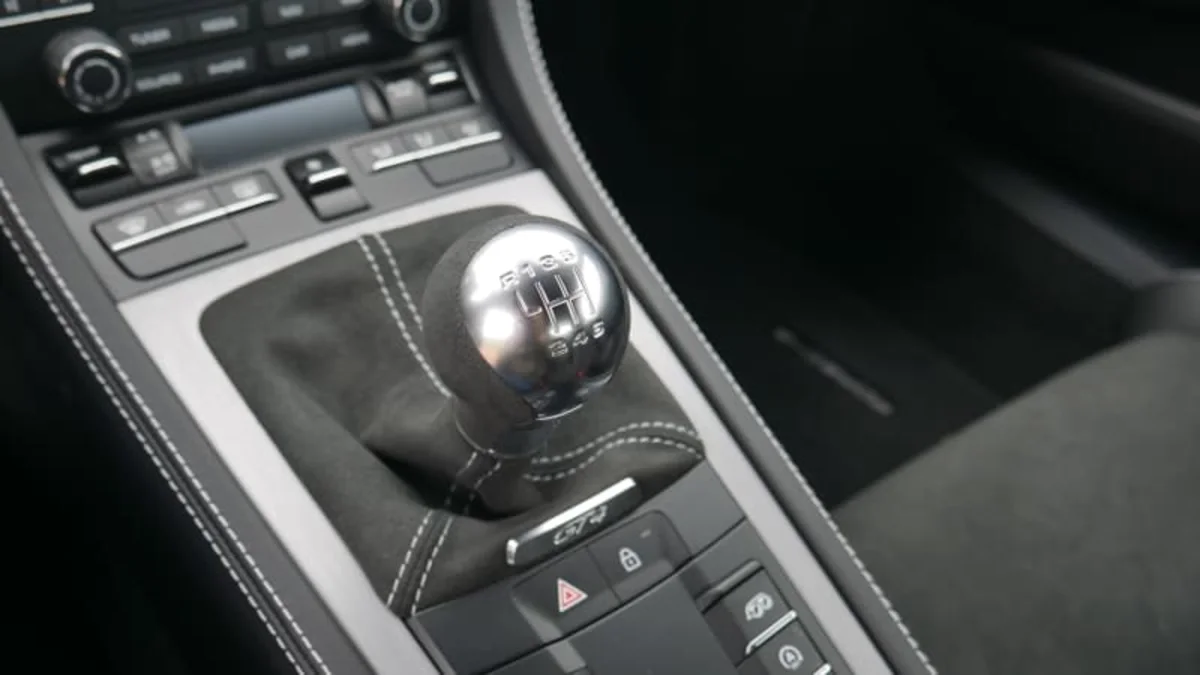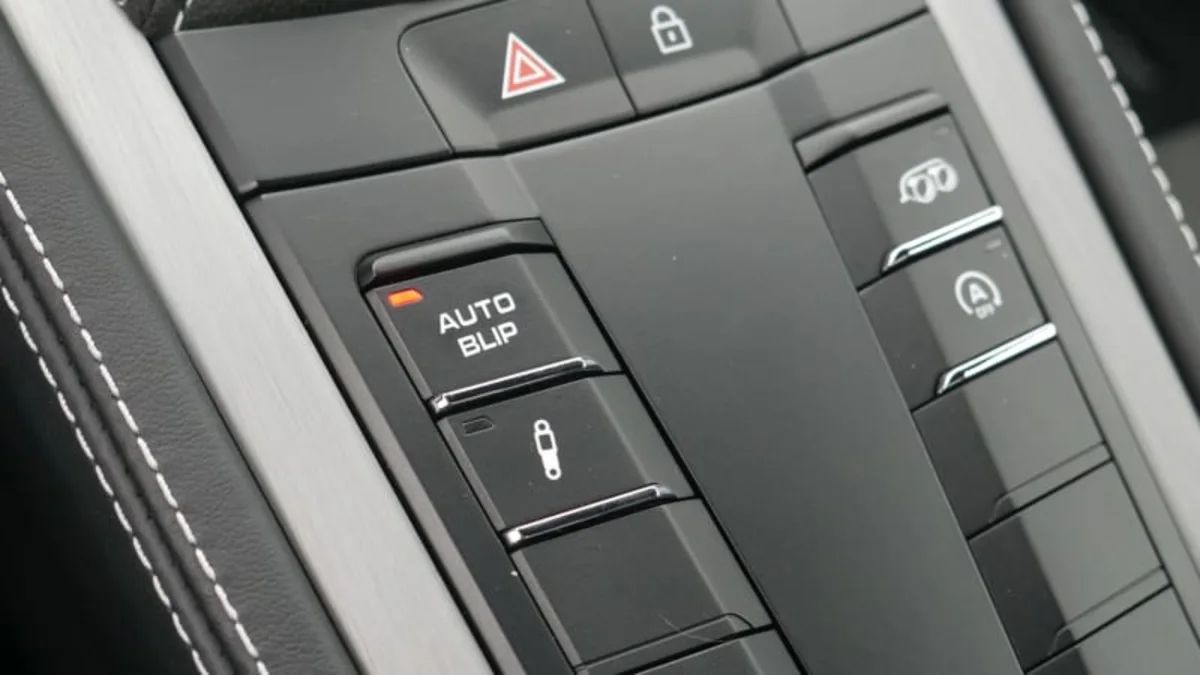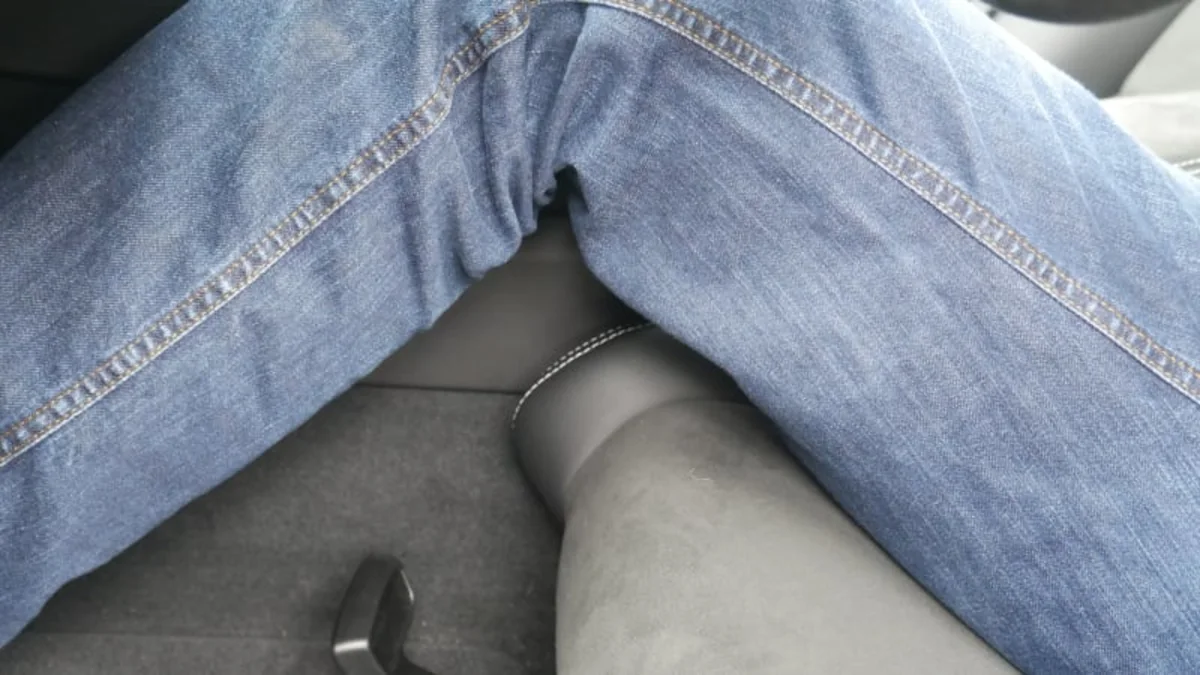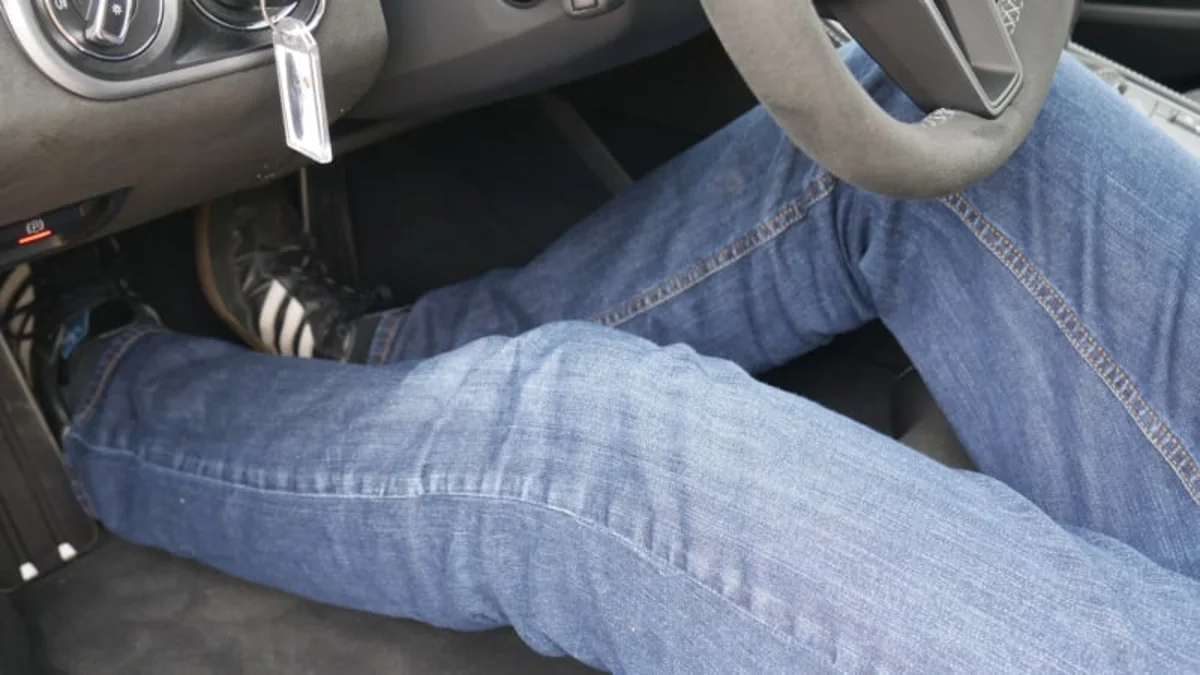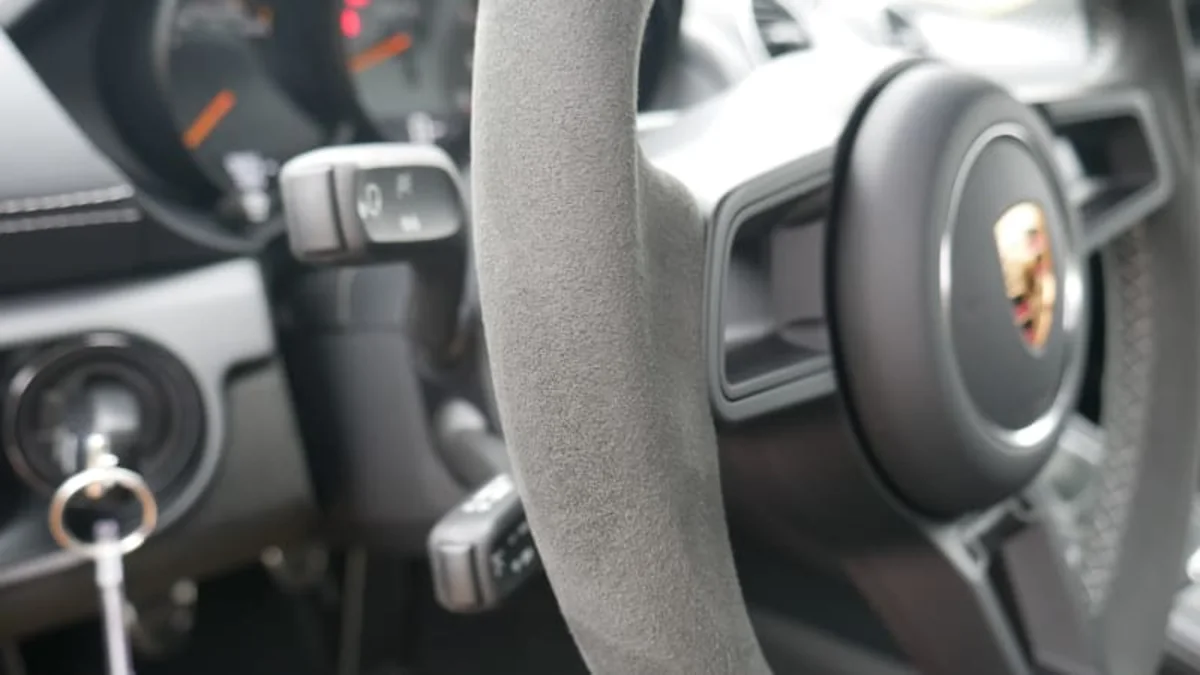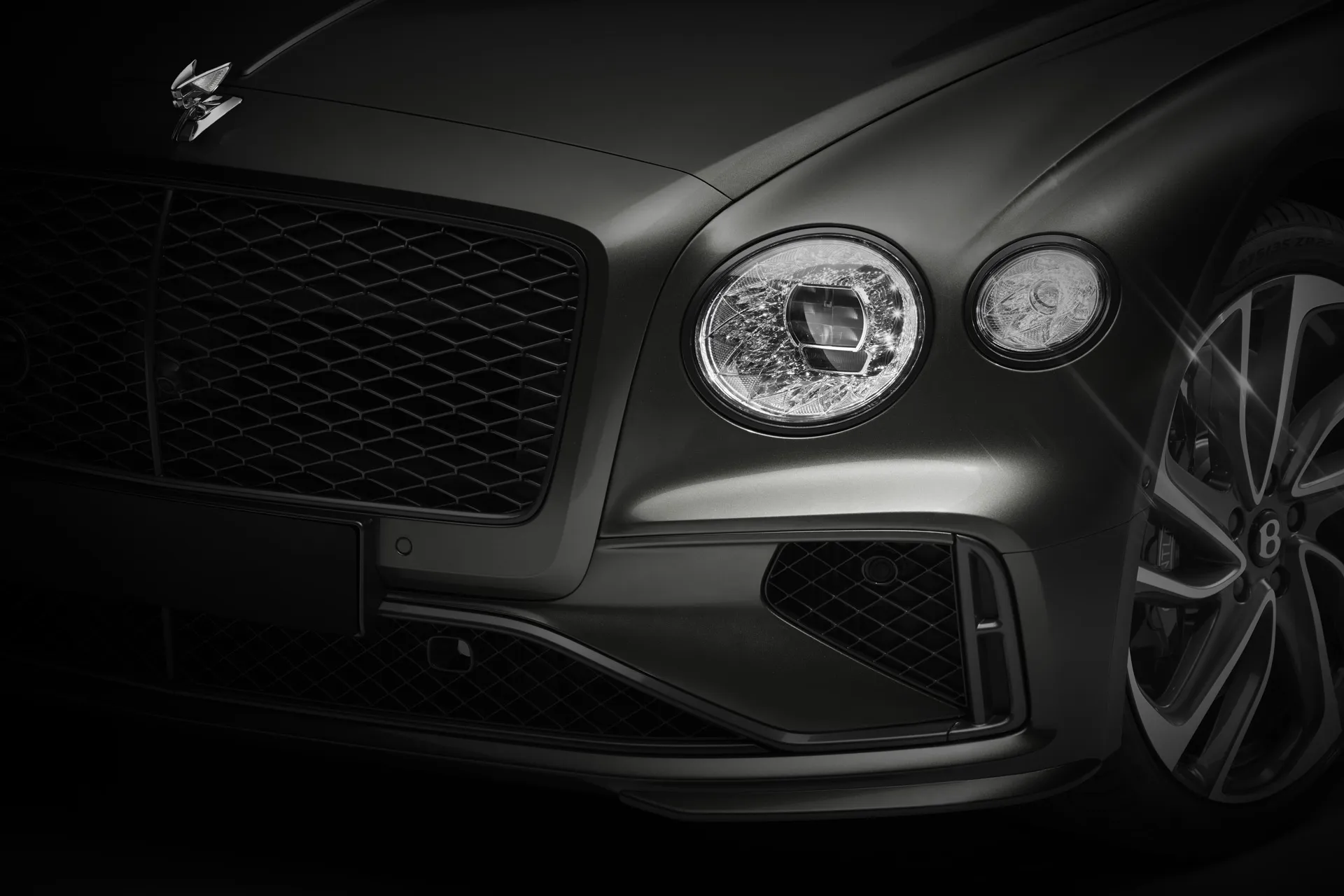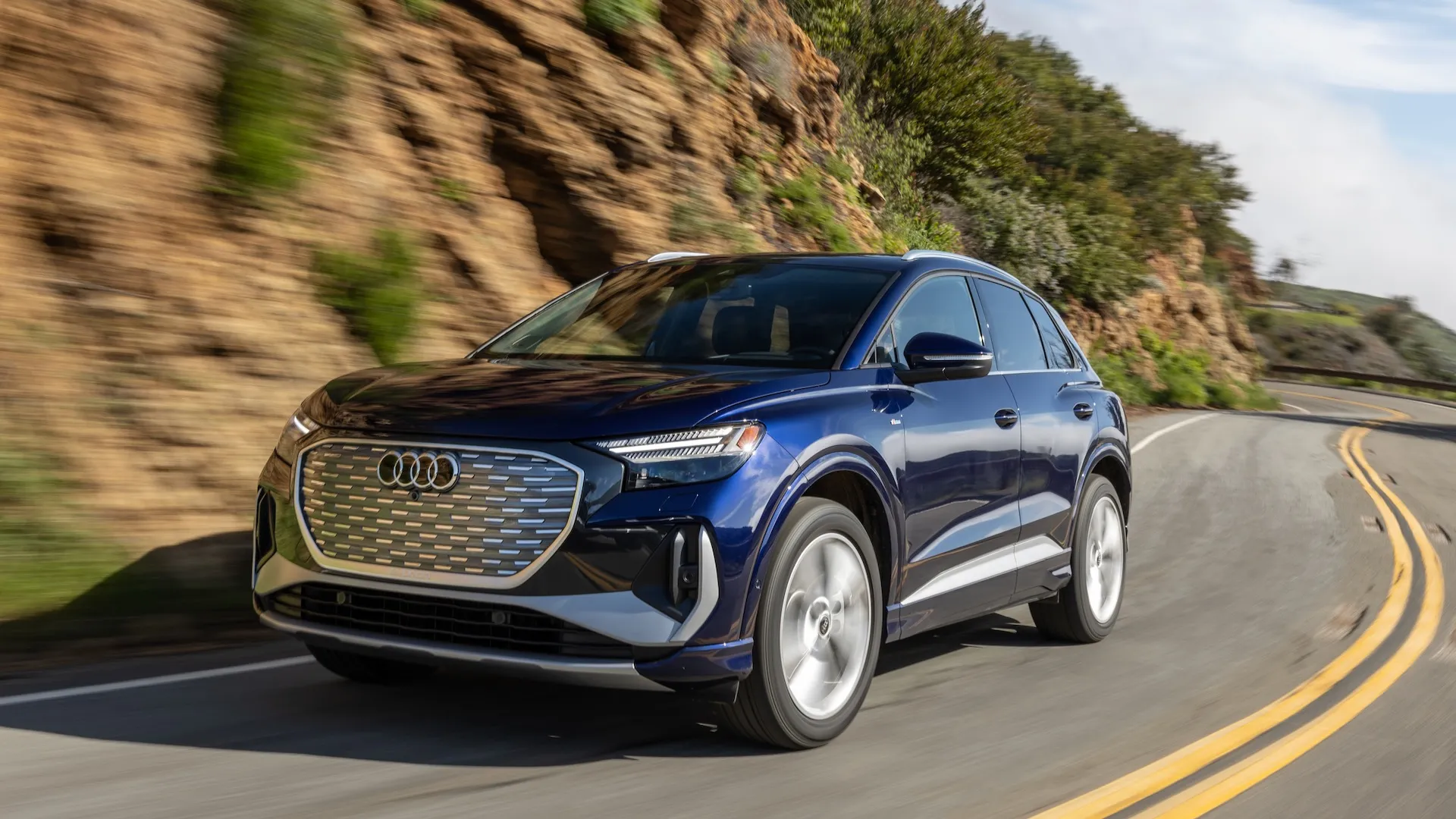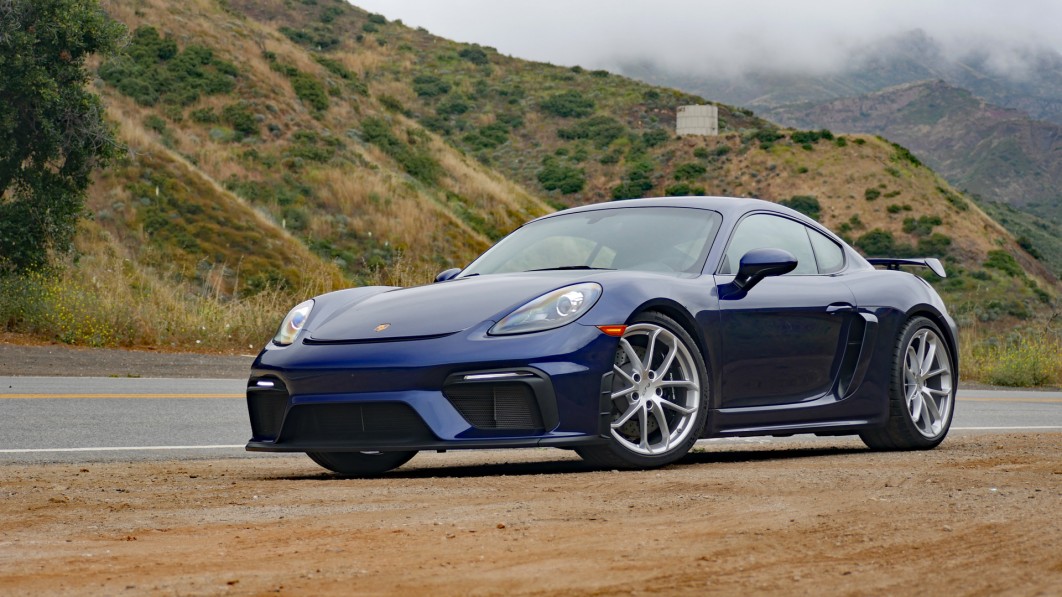
MALIBU, Calif. — Ahead of driving the upcoming Porsche 718 Spyder RS later this month, I wanted to get myself reacquainted with the hardcore wing of the 718 family. Until the RS came along to effectively replace it, the Porsche 718 Cayman GT4 was the most serious version you could get (with its Boxster Spyder sibling a close second). I’ve been lucky to drive the GT4 twice before: once at a track in Scotland and a second time early in the pandemic driving from Portland to Detroit (Oregon) through beautiful forest that would soon thereafter be burnt to a crisp. In other words, vigorously driving the GT4 through the Santa Monica Mountains would somehow be the least interesting drive I’ve had in this magnificent sports car. Life is hard.
To briefly reacquaint you with the GT4, it effectively comes with a naturally aspirated version of the turbocharged 4.0-liter flat-six found in the 911. It produces 414 horsepower and 309 pound-feet, and screams to a redline of 8,000 rpm. The 0-60 time is 4.2 seconds, but that’s so not the point of this car. It’s about the noise from that flat-six and the suspension wizardry that results in one of the finest handling cars on the planet. Up front is the same setup as the 2018 GT3 RS, which also donates certain elements (subframe, control arms, shocks) to an otherwise unique suspension design. The ride height is also reduced by 1.8 inches, and the PASM adaptive dampers were specially tuned for the GT4. The brakes also come over from the last GT3 and there’s an extensive aerodynamic regimen, including a wing.
For a more complete take on the GT4, I’d suggest reading my Scotland track drive and my Get Action! road test from 2020. For some lasting impressions from this latest go, however, here are nine thoughts about the 718 GT4.
1. The engine sends chills up your spine
Is there a better combination of engine, placement and lack of sound deadening out there? Outside of a race car? Unless it’s some some classic or modern exotica, I haven’t driven it. The naturally aspirated flat-six is the biggest part of it, as you rev it out to 8,000 glorious rpm. You actually have to tell yourself to keep going past 5,000 or 6,000 rpm … but then you remember you can, since the engine is perfectly capable of keeping things rapid without wringing the boxer’s neck, and it’s delightful.
Of course, the placement of the engine just behind your right hip puts your ears even closer to the action than in a 911, while the GT4’s stripped-out sound deadening ensures that this won’t be the best environment for enjoying your music collection. The car is the main treat for the ears, here.
And that’s without even mentioning the dual-mode exhaust that has always seemed to be loud regardless of whether you press the little exhaust button on the center console.
2. And the nominees for best gearbox are …
If you were to ask, “What is the best manual transmission?” my answer would involve three nominees: the Mazda MX-5 Miata, the Civic Type R/Integra Type S and the Porsche 718. The shifter itself is a bit shorter in the GT4, but the peerless precision and mechanical weighting are comparable. If this was strictly my track car (and it would be quite a good choice, too), I’d probably opt for PDK since I don’t need to think about a clutch or even shifting in general when negotiating a track. PDK’s Sport+ setting is just that good. On the other hand, the Auto Blip rev-matched downshifting is excellent enough that I might reconsider that position. And if this was more a road-going car, there’s no doubt which I’d choose.
3. The suspension difference is more obvious in normal driving
While slicing along Mulholland Highway, I was surprisingly able to keep the GT4 in its firmest suspension setting. Usually such settings are a recipe for getting the chassis out of whack (not to mention punishing you), when hitting an inevitable bump, but the adaptive dampers lived up to their adjective in the real world. You can absolutely tell the difference in normal driving, though, so the ability to have a more forgiving option is definitely appreciated.
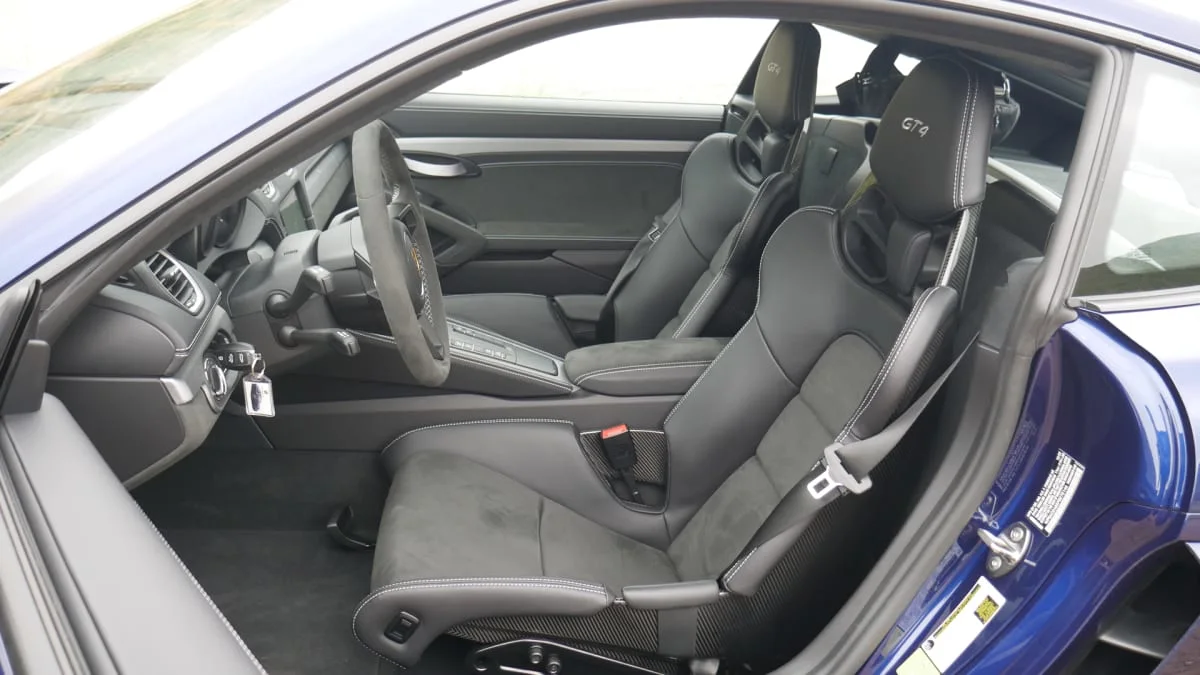
4. The full-bucket seats don’t work for me in the 718
I’ve driven plenty of Porsches with the fixed-rake full-bucket seats at this point and generally been OK with them. I naturally sit upright in a car, and I prefer a firm seat. That said, their lack of adjustability is a greater issue in the 718 than it is in the 911. Specifically, it’s the lack of height/tilt adjustment for the forward portion of the seat, which would yield greater under-thigh support, particularly for those long in leg. Porsches with fully adjustable seats are superb in this regard, including seats in other 718s. As you can see in the above photos, though, my right leg has zero under-thigh support and, as a result, most of my leg weight rests on my heel. That gets old. And sore. This is because I need to sit closer to the brake and throttle than is ideal because I also need to fully depress the clutch. On a track, this isn’t an issue since comfort goes out the window and I prefer sitting closer to the wheel anyway.
Now, there could be a solution: Porsche now offers a 3D-printed body-form full bucket driver seat. It’s available in soft, medium or hard firmness, as well as a choice of six colors. They go for $2,930, versus both full buckets at $5,900. Perhaps this could be a solution.
5. Will this shoe break the press car?
Back at my old house in Portland, I used to do a running series on my Instagram featuring various cars parked on my crazily bent driveway. Somehow, nothing ended up high-centered in five years. But there was one car that couldn’t even make it over the totally normal driveway lip: the Porsche 718 Cayman GT4. Remembering this, I didn’t even bother trying to park it in my perfectly normal driveway. Something to remember when purchasing a car with 1.8-inch ride height reduction and a vast chin spoiler: you may not be able to park it at your house.
6. Your friends may regret asking for a ride …
A comically low car with full-bucket seats live up to their bucket name make for ingress and egress that is, let’s say, inelegant. I ended up taking a pair of friends out for drives in the GT4 (one for fun, another to actually go somewhere), and both times, it was a comical entry. I’ve now had enough practice getting into them, but without it, you’re bound to fall further than you were expecting and land in some way on the thinly padded and carbon-hard bolster. “Ow!”
7. … But they will be impressed by the cupholders
Porsches have had tricky cupholders like these for quite a while, but if you haven’t been lucky enough to be in Porsches, they’re actually pretty cool. Take it away photo collage.
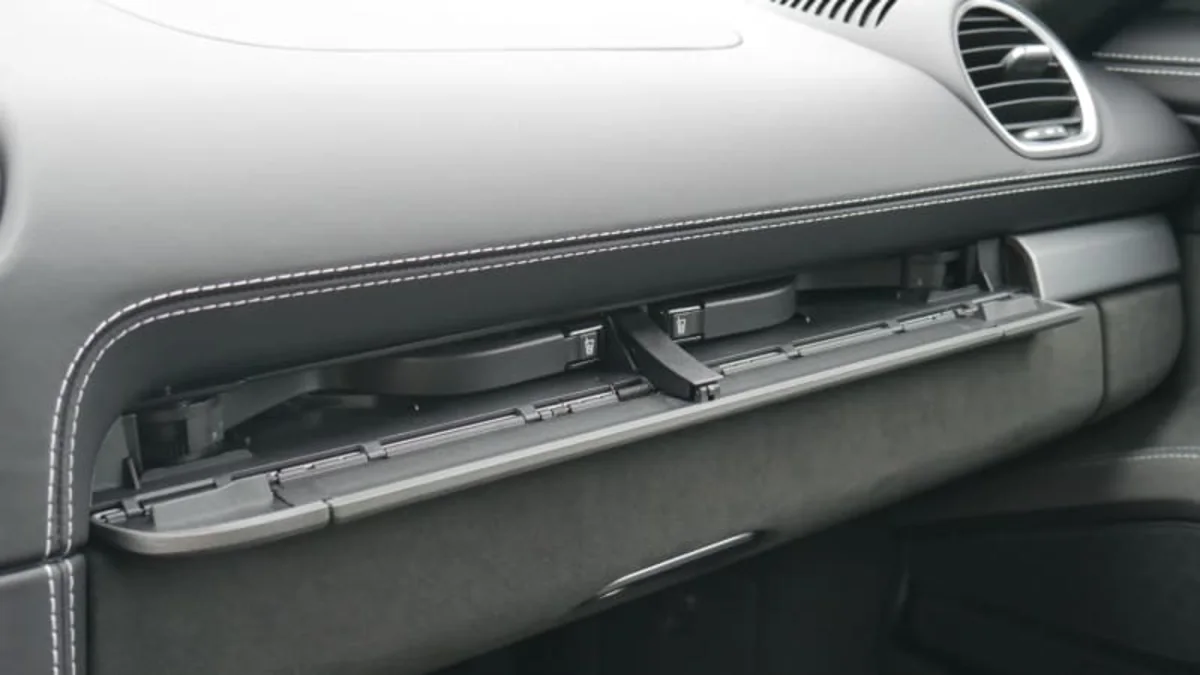
7. I do not understand suede steering wheels
During the first drive of the new GT3 RS, three or four journalists enjoyed stints on the track in the same test vehicle. As the day wore on, you could definitely tell just how hardcore Porsche had made the latest GT3 RS because the steering wheel was disgustingly damp from all those different sweaty palms. Even if it was just you behind the wheel, as opposed to this Le Mans-style hot bunking situation, I do not understand the appeal of suede steering wheels. You’re basically wrapping the steering wheel in a towel … it even looks like it. Anyway, this Cayman GT4 had one. No thank you.
9. If you don’t have a good road or track nearby …
This is not a car you drive casually. Quite simply, if you don’t intend to do track days or live near a good road, the GT4 will be wasted. And by good road, I mean the sort of twisting, turning, elevation-gaining majesty of the sort that exists here in Southern California. I managed to find a decent playground back in Oregon, but even that was iffy. This car deserves better than to preen in South Beach or languish in a collection.
As for the rest of the car, the GT4 will be missed. At least the GTS 4.0 lives on as a slightly more civilized home for the fantastic naturally aspirated 4.0-liter, while the new RS resides on the other end of the spectrum. I look forward to trying out the droptop Boxster/Spyder version of it later this month.
Credit : Source Post

